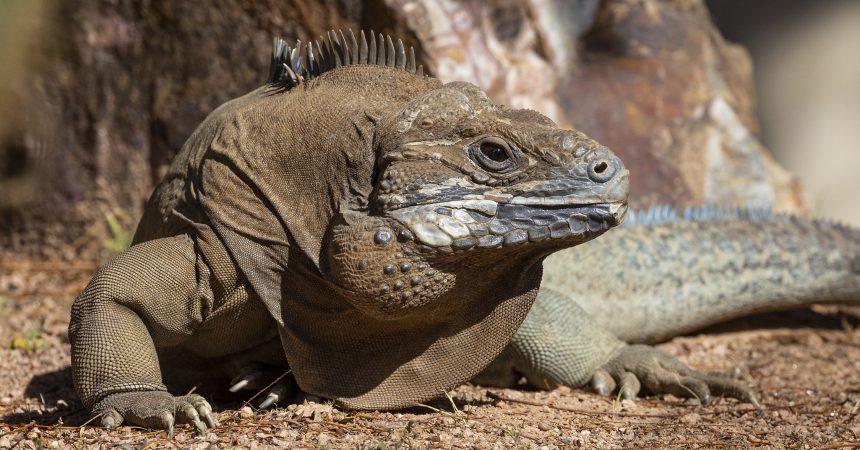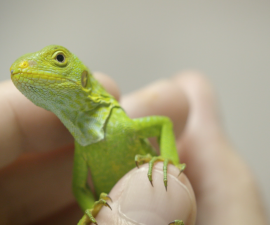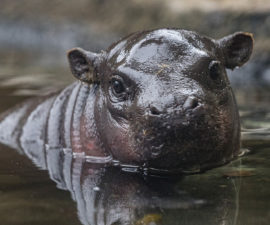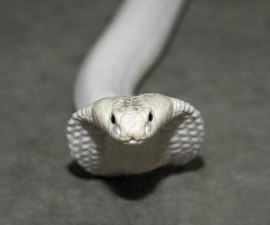Earlier this year, a group of eight Jamaican iguanas clambered into a dry forest ecosystem on the Caribbean island’s southeastern coast. Critically endangered, their species is endemic only to the island; it’s found nowhere else.
These individuals were reintroduced to their native range by conservationists, so they each had a number written on their scales in pen. The identifier allows researchers to easily track them, at least until they shed their skin. But these iguanas, all young females, represented a different, far more significant figure. One of them was the 500th individual of their kind reintroduced to their tropical home.
The release marked a milestone in three decades of conservation by San Diego Zoo Wildlife Alliance and other partners in the Jamaican Iguana Recovery Group. As recently as 1990, the species’ numbers had dwindled so much it was believed extinct. Today, after years of crisis conservation management, the population on the island numbers between 500 to 600. As with all Jamaican iguanas that are reintroduced to native habitat, these females had been raised at the Hope Zoo in Kingston since they were hatchlings.
“We’re on track to release the 1,000th individual of this species in just a few years,” says Tandora Grant, conservation program specialist in population sustainability at San Diego Zoo Wildlife Alliance. “Lately, we’ve been able to release the iguanas before their sixth birthday, and most sooner, in time for the females to lay their first clutch of eggs in the wild,” she adds.
Flecked with turquoise coloring, these egg-laying reptiles often appear to have a reddish tint, a hue imparted from the iron-rich soil in which they burrow. Including the tail, Jamaican rock iguanas can grow to nearly four feet in length, making them the island’s largest native land vertebrate. The species is particularly vulnerable to non-native mongooses, feral cats, and free-roaming dogs. Habitat destruction has taken a heavy toll as well.
An estimated 25 individuals were alive around 1990 when the species was found clinging to existence in the Hellshire Hills, the forest where the eight females were reintroduced. With the iguanas’ continued survival in question, scientists stepped in to boost their prospects. “We had no idea if our efforts would be successful in the wild in Jamaica,” Grant says. “No one had attempted reintroduction with iguanas previously.”
At the Hope Zoo, the focus has been to raise hatchling iguanas collected in the Hellshire Hills until they are large and strong enough to be safe from most of the non-native predators. In 1996, the first iguanas were reintroduced—a lone pair. Since then, the numbers have grown steadily to average about 40 in each of the past several years.
Grant maintains a database on every Jamaican iguana, with details like its growth rate and location. Each year, she and members of her team visit the Hope Zoo to screen young iguanas for readiness to live on their own. Upon reintroduction, the iguanas seem to thrive. “They immediately know how to find each other to reproduce, and find food,” Grant says.
To maintain an assurance population off the island, conservationists also began to breed the species at zoos in the United States, including at the Kenneth and Anne Griffin Reptile Conservation Center, located at the San Diego Zoo Safari Park. The first successful hatching there was a female who emerged in 2013.“Iguanas are a keystone species, in that they really help generate the forest by boosting the germination and growth rate for the seeds of plants they eat,” Grant adds. “They’re critical for maintaining a healthy ecosystem.”





